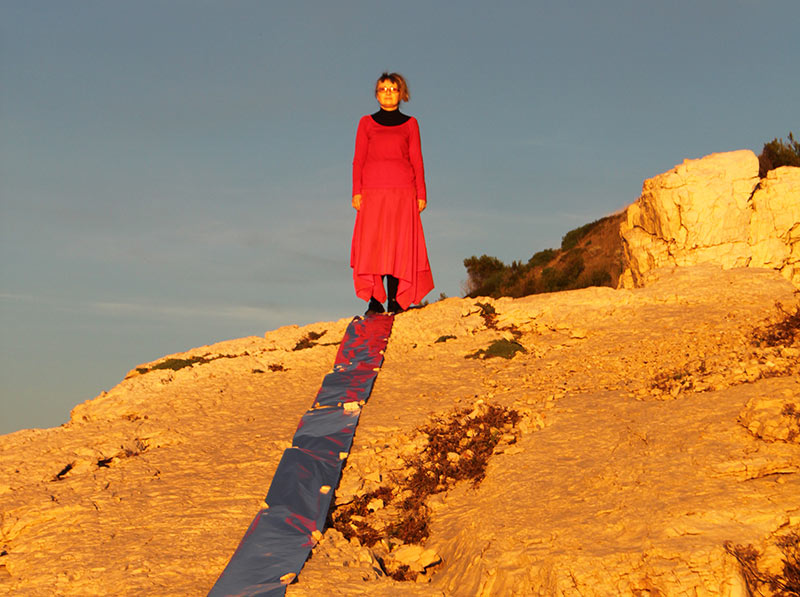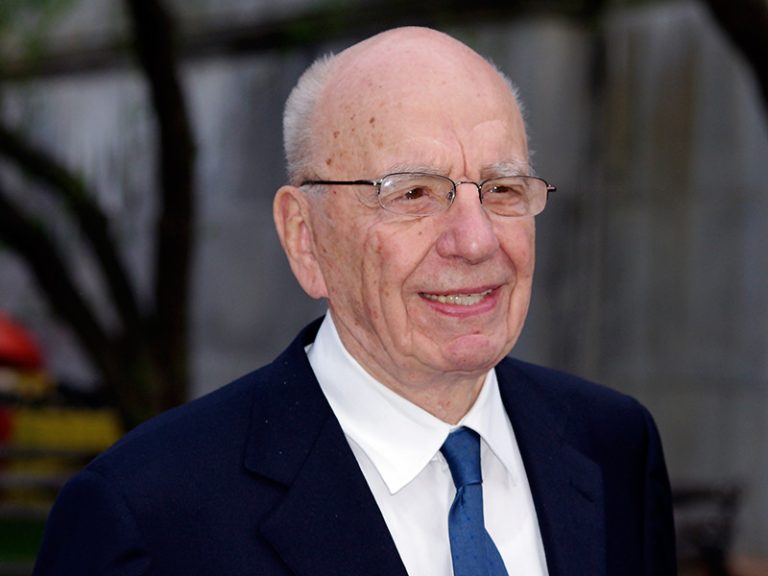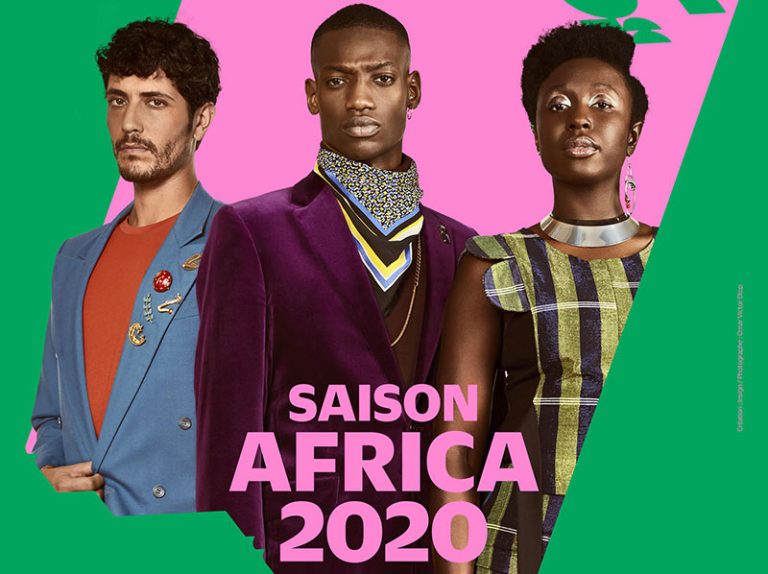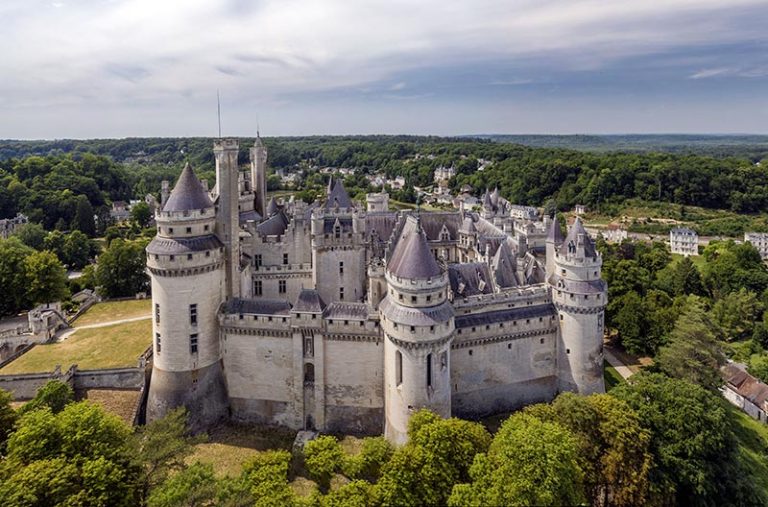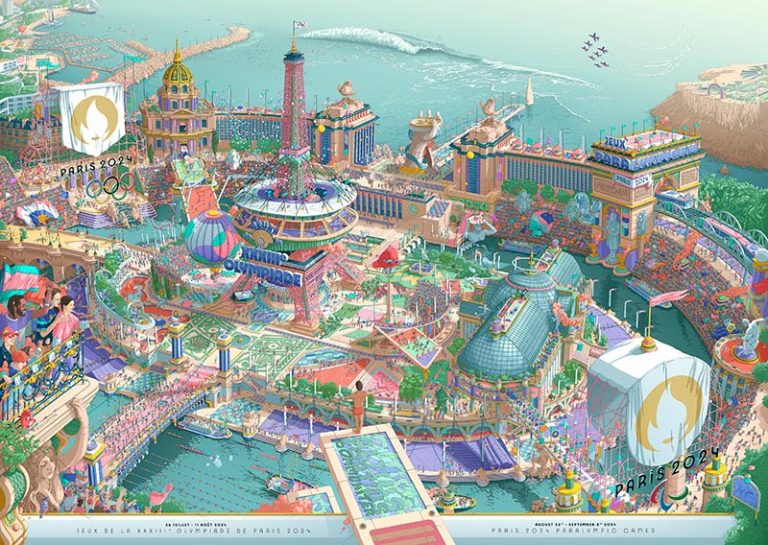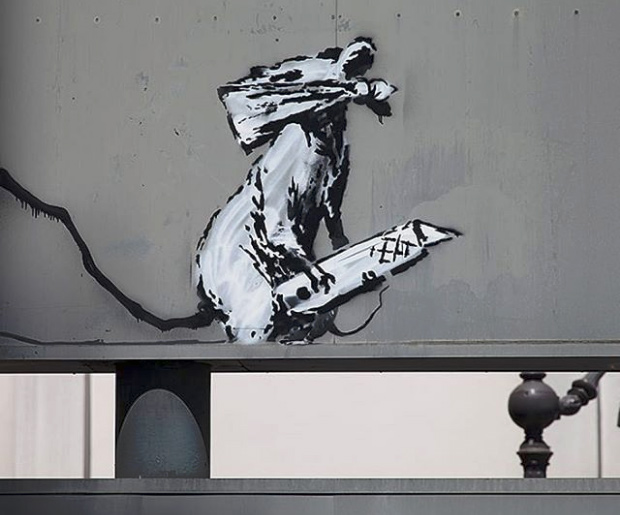France. Artists from the “Eastern bloc” during the Cold War, Chileans in 1973, Lebanese in the 1980s: France is a welcoming country for refugee or exiled artists. If the Ministry of Culture has long been the main actor in support programs for these artists, the latest crises have forced operators and non-state actors to organize themselves, in a spirit of reinforced autonomy. The Covid-19 crisis and the war in Ukraine have accelerated the structuring of the cultural sector in this area.
However, there are numerous support systems for foreign artists in exile, which were put in place well before. Most of these programs emanate more or less directly from the Ministry of Culture, which remains the financier and initiator. At the Cité internationale des arts, a private foundation of public utility, the ministry finances several programs, as indicated by Bénédicte Alliot, its general director. She points out that from 2017 the City had adopted an establishment project focused on welcoming exiled artists, and cites the case of Afghan artists in the summer of 2021, after the capture of Kabul by the Taliban: “We set up the reception project with the Élysée and the Ministry of Culture very quickly. » In spring 2022, Ukrainian and Russian artists opposed to the war were supported “by a system organized in one week with the ministry”.
Bénédicte Alliot especially notes “an evolution of the State’s commitment since 2021 for artists in exile”, an observation corroborated by most cultural actors. Judith Depaule, director of the Workshop of Artists in Exile (AAE) confirms having attended “to an evolution of the public authorities on this question, including in semantic terms”. The term “in exile” has become established in recent years, where the ministry and its operators favored “refugees”, a more administrative term. Judith Depaule manages her files with the European and International Affairs sub-directorate of the General Secretariat at the Ministry of Culture, i.e. “a central service” : this is a sign that the question of exile is taken seriously by the ministry, the main financier of the AAE. At the Cité internationale des arts, Bénédicte Alliot specifies that the ministry finances the programs to the tune of “several hundred thousand euros each year”.
The Ministry of Europe and Foreign Affairs (MEAE) is also involved in these programs, via the French Institute. It is piloting, for example, a residency program in Palermo with the Gœthe Institut and the AAE, as well as a creative support program for Russian opposition artists. For a three-month stay, the scheme provides an allowance of 5,000 euros and a production residency in a cultural center in France, such as the Delme synagogue or the Lieu Unique in Nantes. It was also the French Institute which piloted the “Nafas” scholarships between September 2020 and October 2022, a program which welcomed around a hundred Lebanese artists, with the support of six local authorities. The MEAE, however, is more reluctant to directly finance the projects of cultural structures, according to Judith Depaule. More broadly, the MEAE is in constant contact with these cultural actors to facilitate the exit of artists from countries at war and organize visa applications: Bénédicte Alliot and Judith Depaule confirm being in contact with French embassies in Burma, Gaza or in Russia.
Nge Lay’s open workshop during the weekly event “Open workshops: slowed down practices” at the Cité internationale des arts, 2023.
© International City of Arts / Maurine Tric
Long-term solutions
Thanks to this support, cultural actors have increased their autonomy, while considering solutions for exiled artists in the long term. Bénédicte Alliot recalls that the Cité internationale des arts has a tradition of welcoming exiled artists since its creation in 1965, notably with “Poles in the late 1960s and Chileans in the 1970s.” However, she notes “an increase in applications from artists in difficulty or in exile in all of the City’s programs, including those that are not directly intended for them.” This increase is confirmed by Judith Depaule at the AAE, who emphasizes that the influx of requests is putting a strain on “the capacity of the AAE to manage all crises”. The association already looks after around 600 artists, and has just opened a branch in Marseille.
This also involves providing long-term funding and arrangements for these uprooted artists, once the emergency has passed. If the war in Ukraine aroused keen interest in exiled artists, Judith Depaule notes that “the means put in place by the State are not the same depending on the crisis”, a problem that long-term devices would make it possible to circumvent. Implicit in this is the question of the length of stays and scholarships, which vary greatly depending on the programs and host locations. At the Cité internationale des arts, “stays last between one and two years on average”, according to Bénédicte Alliot who specifies that the situations are different from one artist to another. Some sometimes combine a scholarship and a residency in separate programs. At the AAE, the stay which was previously unlimited in time will no longer be so soon. Judith Depaule evokes a limitation to “probably a year or two.” Professional support for artists must also be modified, according to her, to allow them to stabilize their situation in France.
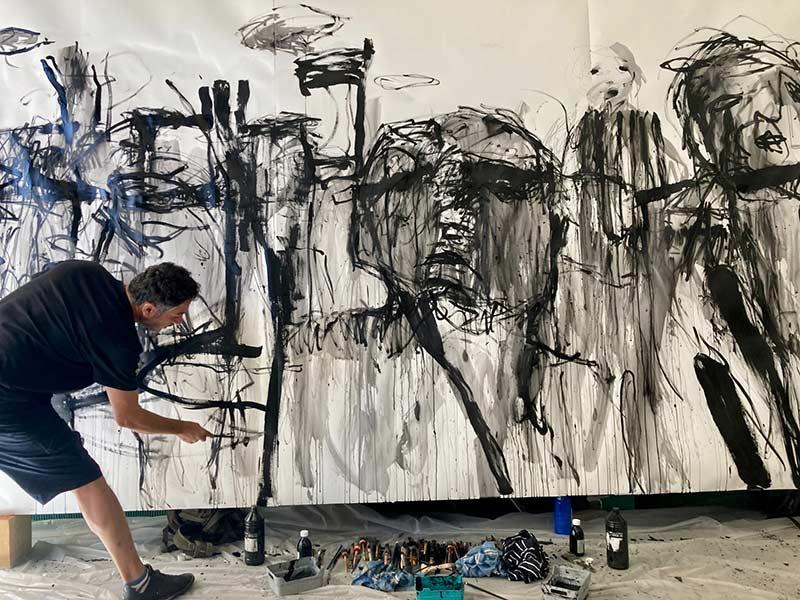
Mahmood Peshawa at work in his workshop at the new Marseille branch of the Atelier des artistes en exile.
© Camille Cousin
Associations and art schools are also mobilizing
At the same time, new players in the voluntary sector and in the university field are participating in this emergency aid. In addition to the AAE which has become an essential contact, the Portes Ouvertes sur l’art association has been organizing studio visits and exhibitions of artists exiled in France since 2018. Its co-founder Pauline de Laboulaye explains that she had the idea in 2017, to help Syrian artists in France, before expanding the association’s activities. It is “to break the isolation of artists in exile and to allow them to meet French interlocutors from the art world”. Exhibitions at the Maison des arts de Malakoff and the Cité internationale des arts gave visibility to exiled artists and built a network with cultural institutions. The next exhibition will be held in February at the Palais de Tokyo thanks to a Syrian patron, specifies Dunia Al Dahan, co-founder of the association.
On the higher education side, art schools have mobilized to welcome exiled artists, as Stéphane Sauzedde, vice-president for international at Andea (National Association of Art Schools), explains: “Art schools in their DNA are places of welcome and the file of artists in exile has been open for five years at Andea. » After informal actions, the association set up a prototype residency system at the Annecy school in connection with the “Pause” program run by the Collège de France. Intended primarily for threatened researchers, “Pause” was then extended to artists. Since 2021, the program has welcomed, in conjunction with cultural structures, 59 artists in France, coming among others from Congo, Iran, Afghanistan and Burma, as well as 45 Ukrainians including 41 artists. Stéphane Sauzedde specifies that 42 exiled artists have been received in Andea member art schools as part of “Pause”, and 90 Ukrainian art students since September 2022 as part of another program. He estimates that “during major political crises, art schools have become regular interlocutors of public authorities” on this topic. He also notes a synergy between cultural actors, since Andea collaborates in particular with the AAE, the Cité internationale des arts, Erasmus and European partners.
Structuring at European level
We are indeed witnessing the emergence of an ecosystem of cultural actors “specialists” in exiled artists, via projects which bring together structures of different nature. At the Cité internationale des arts, Bénédicte Alliot cites the program financed by Icorn, a Norwegian NGO welcoming refugees of which the City of Paris is a member: a photographer from Yemen and a poet from Bangladesh are currently benefiting from it. Judith Depaule discusses systems set up with several European partners (In Exile Lab) and notes a tendency to constitute “networks of cultural actors at European level”. The Portes Ouvertes sur l’Art association counts among its supporters the Academy of Fine Arts, which provided it with a subsidy until 2023, and the Antoine de Galbert Foundation, which finances it regularly.
Some of the artists exhibited also benefit from the “Herodotus” program of the Beaux-arts de Paris, intended for artists seeking asylum or refugees. There is thus a real structured network of operators and players in the cultural sector to support artists in exile. Sometimes, certain situations require a pooling of means of action: this is the case of Gazan artists, who are still stuck in Gaza despite the efforts of cultural actors and the French diplomatic network to get them out.

